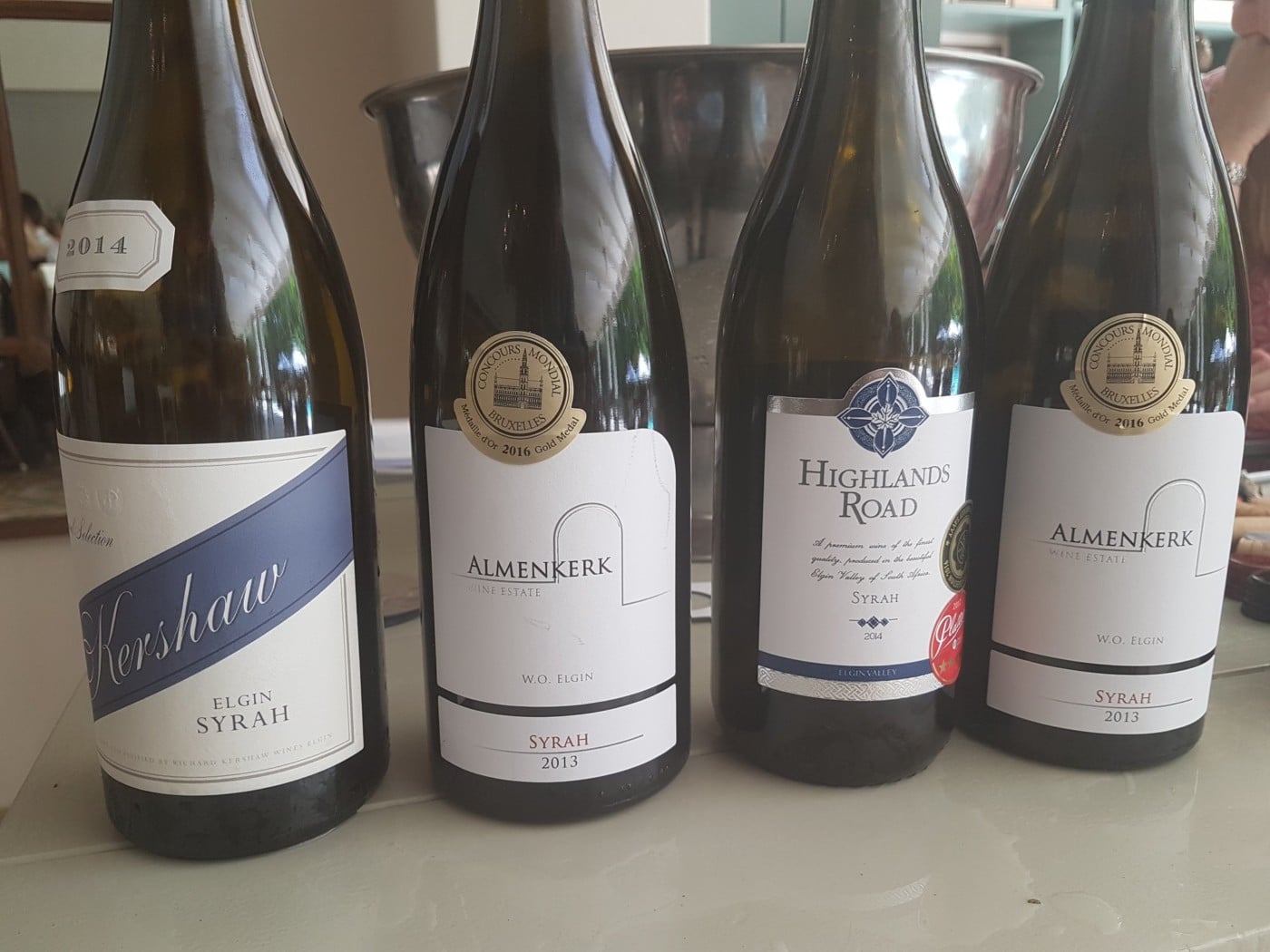André Morgenthal: Prospects for Elgin
By Andre Morgenthal, 7 December 2016
“Your yield from apples is six times more per hectare than from wine grapes. If you don’t have a premium wine brand in Elgin, you should rather be farming apples”, says Brad Gold, marketing manager of Oak Valley, one of the property in this ward. James Downes of Shannon Vineyards concurs, saying “We have to convert the grapes into premium priced wines. Reality is 1ha of vineyard yields five to 15 tons of grapes, while the equivalent of apples yields 100 tons.”
This is the situation in most regions, each with their own dynamics, whether it is wheat, citrus or butternuts as competing agricultural crop. Elgin is a fairly young wine region, with the oldest vineyards at Paul Cluver Estate (first to produce wine in Elgin) just shy of 30 years. So with my recent involvement with the Old Vine Project, where we classify old vines at 35 years and older, I am happy to hear that some Elgin vineyards will be qualifying soon. The challenge is to keep them in the ground.
What is encouraging is that the proprietors are recognizing mature vineyards offer better, more complete fruit, the result being wines of greater depth and detail.
At a recent Elgin showcase tasting, the line-up was solid, ranging through Sauvignon blanc, Chardonnay, Pinot Noir, Merlot and Syrah. The Sauvies were less showy than I expected, which is apparently what local producers want to achieve. “We want to embrace the typical black currant aromas”, says Downes. Again the discussion steered towards balance in the vineyards. When planting on sites previously used for apples, the soils are typically very rich in nutrients and the vines take 10 to 12 years to come into balance, which influences the style.
 What I found interesting was how well the Syrah showed – something similar as in Elim, where initially the expectation was for Sauvignon blanc, Chardonnay, Semillon and Pinot Noir to do well, but now Strandveld Vineyards proved otherwise with some excellent Rhone style wines. And then the Merlot out of Elgin, the Shannon Mount Bullet a great example in a conversation where there is little faith in South African Merlot. The Chardonnays and Pinot Noirs are of course a given.
What I found interesting was how well the Syrah showed – something similar as in Elim, where initially the expectation was for Sauvignon blanc, Chardonnay, Semillon and Pinot Noir to do well, but now Strandveld Vineyards proved otherwise with some excellent Rhone style wines. And then the Merlot out of Elgin, the Shannon Mount Bullet a great example in a conversation where there is little faith in South African Merlot. The Chardonnays and Pinot Noirs are of course a given.
Contributing only 1,15% to the total South African wine production, Natalie Opstaele of Almenkerk reckons their volumes are simply too small to make a meaningful impact at the bottom end of the market. And with the lesser quality blocks being pulled out, this might be the case, but with a firm focus on high end quality and the wines increasingly starting to show strong regional typicity, is this not a great place to be? Less wine, higher quality, sustainable returns. And they have not even started to mine their wine tourism potential.
- André Morgenthal has experience in both winemaking and wine tourism, having worked vintages in Burgundy and South Africa, as well as running his own wine tourism company. After a 15-year tenure at Wines of South Africa as communications manager, he is now an independent consultant, his primary involvement being with the Old Vine Project.








Comments
0 comment(s)
Please read our Comments Policy here.